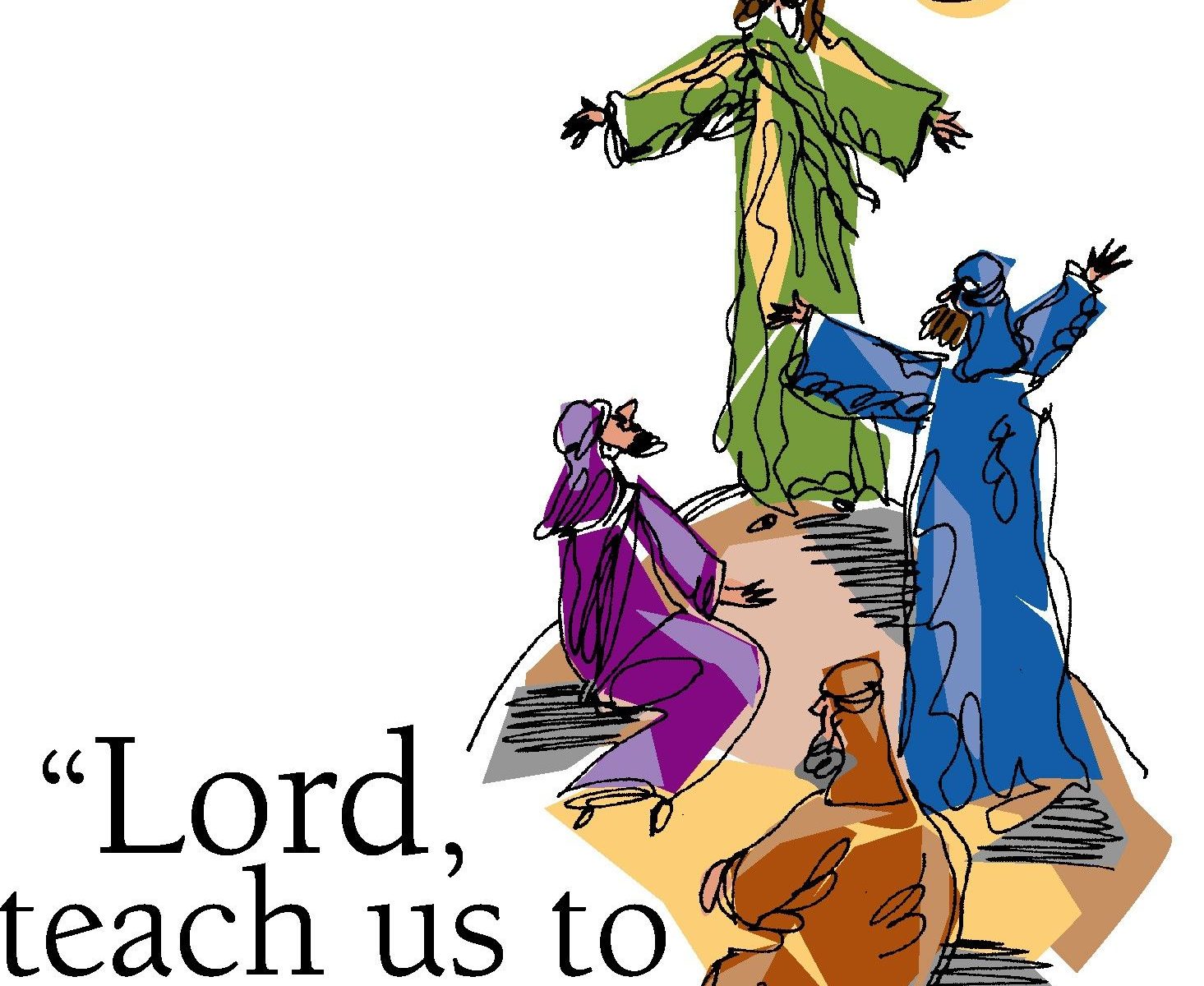Wait, what? What is the long ending of the Lord’s Prayer?
To clear things up right now, the long ending refers to this line: “For thine is the kingdom, and the power, and the glory, forever. Amen.”
So, what’s the issue?
Observant readers will note that in most modern English Bibles, this line is put in a footnote, not in the text. Is it an original part of the Bible? Why do we pray it?
Here’s the short answer
It’s probably not part of the Bible.
Based on best methods and explanations of the ancient manuscripts we have, this line was not part of the original prayer. It is absent in many of the earliest and best manuscripts as well as the earliest commentaries on the Lord’s Prayer from key early church leaders. Not to mention that there are a few different versions of this long ending scattered in different places.
Why do we pray it?
Because the church has prayed it this way for about as long as we can look back into time.
This ending likely made it into the Gospel manuscripts via using the prayer in church services. It brings a nice, theologically profound, closure to the prayer. As we pray for God’s kingdom to come, as we ask for God to meet our daily needs, we wrap those prayers up in words reminiscent of what the angels proclaim in the heavenlies: Holy, Holy, Holy, is the Lord God Almighty; the whole earth is filled with his glory.
So, we continue to pray this longer ending as part of the people of God stretching across the centuries longing for the kingdom, the power, and the glory of God to be established in all things.
If your appetite is whetted, find some more answer over here
Here’s a decent place to get a longer answer informed by some basic discussion of the textual tradition and the practices of the church emerging in the Reformation Era: Why Do We Say the Long Ending of the Lord’s Prayer?

